Magnetic Slime
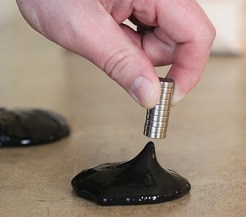
Get Totally Messy With Gooey, Magnetic SLIME!
Why make simple slime when you can make super gooey and magnetic slime??

- PVA Glue (Elmers glue works best)
- Liquid starch (Borax Solution could also be used)
- Iron Filings or Iron Oxide powder
- Mixing Bowl and Spoon
- Magnets
- Disposable gloves
- Pour 1/4 cup of liquid starch into a bowl.
- Add 2 Tablespoons of iron powder or filings, stir until well mixed.
- Add 1/4 cup of PVA glue, mix... keep stiring!
- Take the slime out of the bowl and mix with your hands. Pat dry it paper towel.
- When dry play with it, stretch it, bounce it, and most of all observe its magnetic force!
Why is it so?
It seems to pour, or run, like a liquid. But much more slowly than water.
So what is it!? Because it doesn't seem to follow Isaac Newton's definitions of the three states of matter, we call slime non-Newtonian matter. Any type of matter that doesn't quite fit as a solid, liquid or gas, falls into this broad group.
Other examples of strange non-Newtonian matter are, jelly, blood, toothpaste, ink and glue.
By adding a ferrous component we can keep all characteristics of the awesome slime, but now have the additional dimension of magnetism!
Try a few tricks that are explained in the video below. For example you can watch the slime rise and follow your magnet, draw upon paper clips and even swallow a strong enough magnet like a living organism!
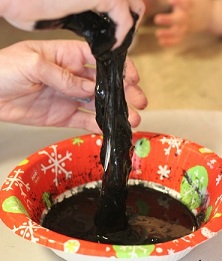
| WHAT ARE SOLIDS, LIQUIDS AND GASES? All matter, everything in our world, can be classified into three common groups, or states of matter solids, liquids and gasses. |

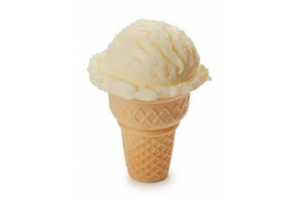
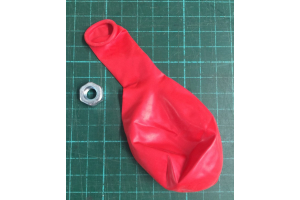
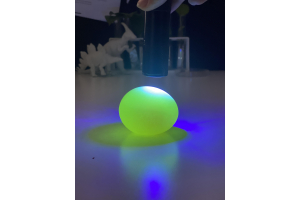


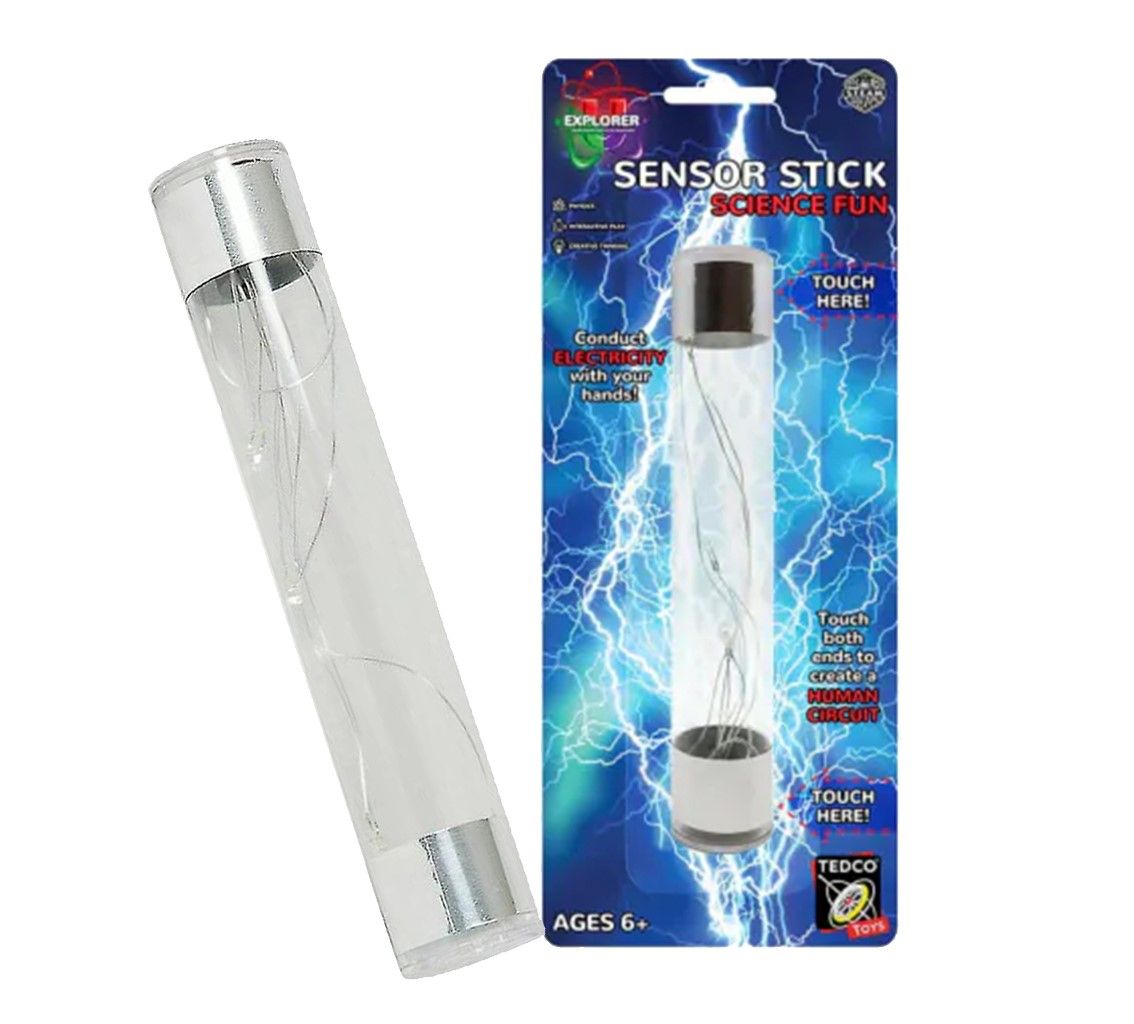


 magento3
magento3